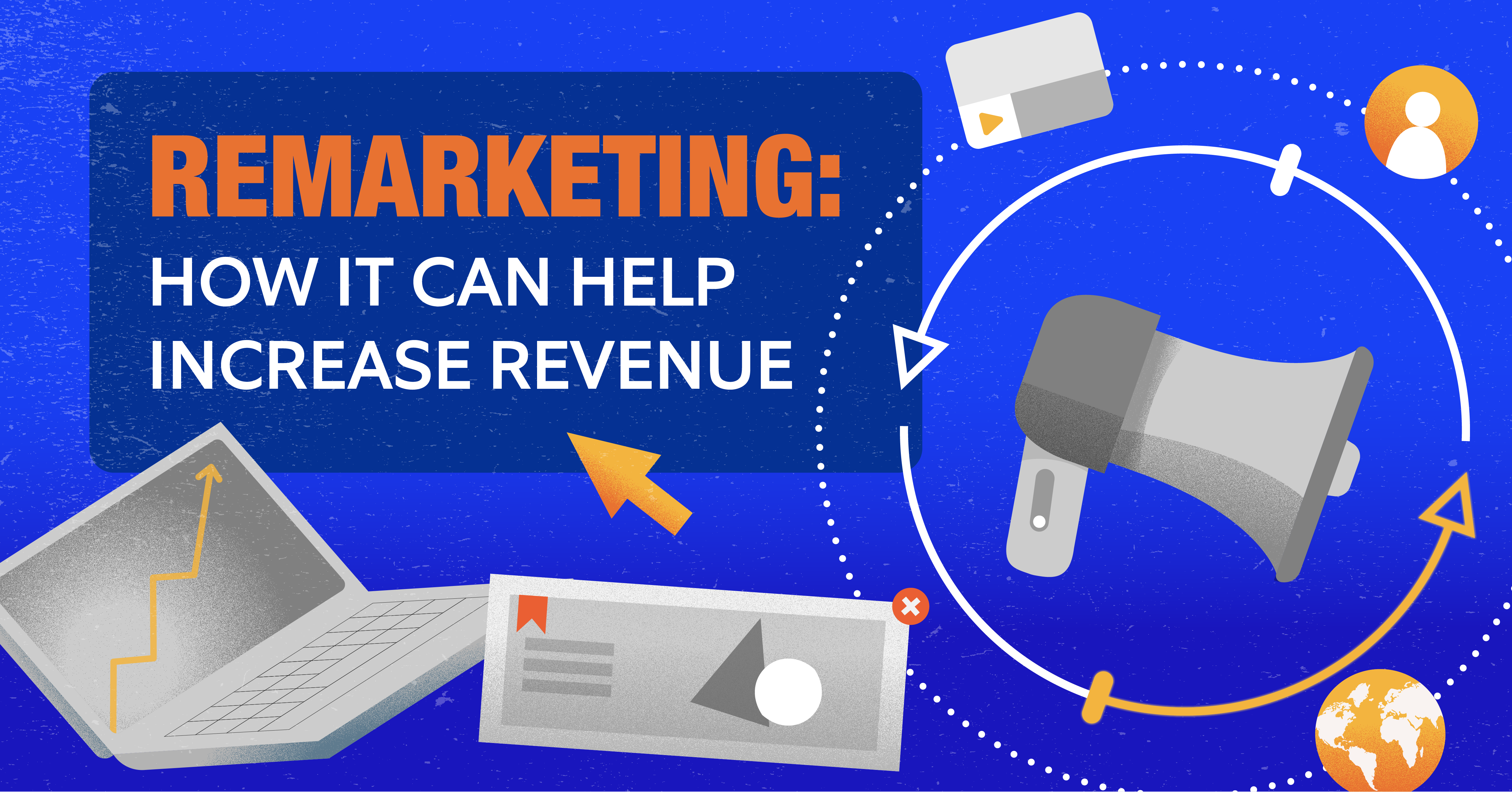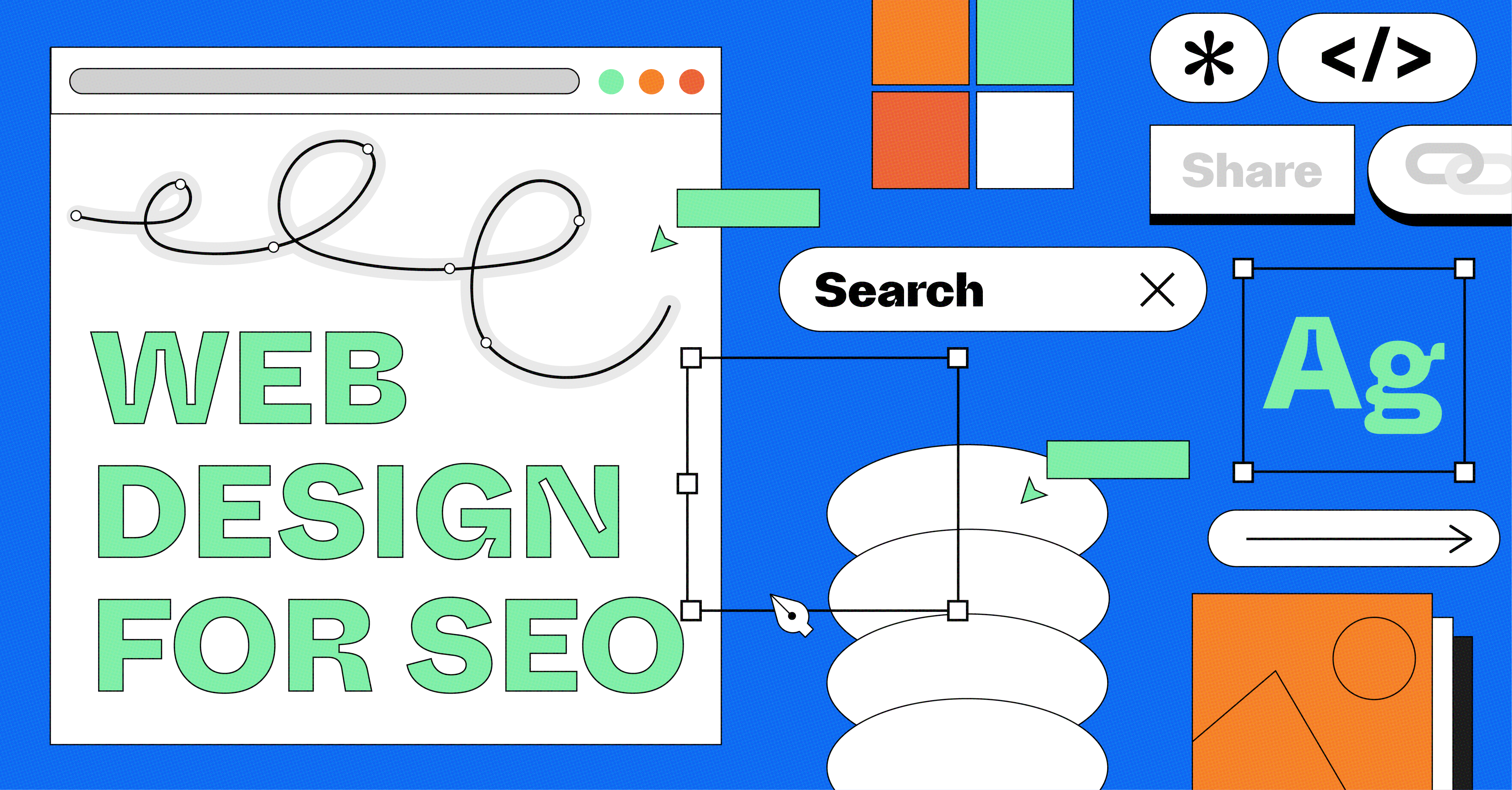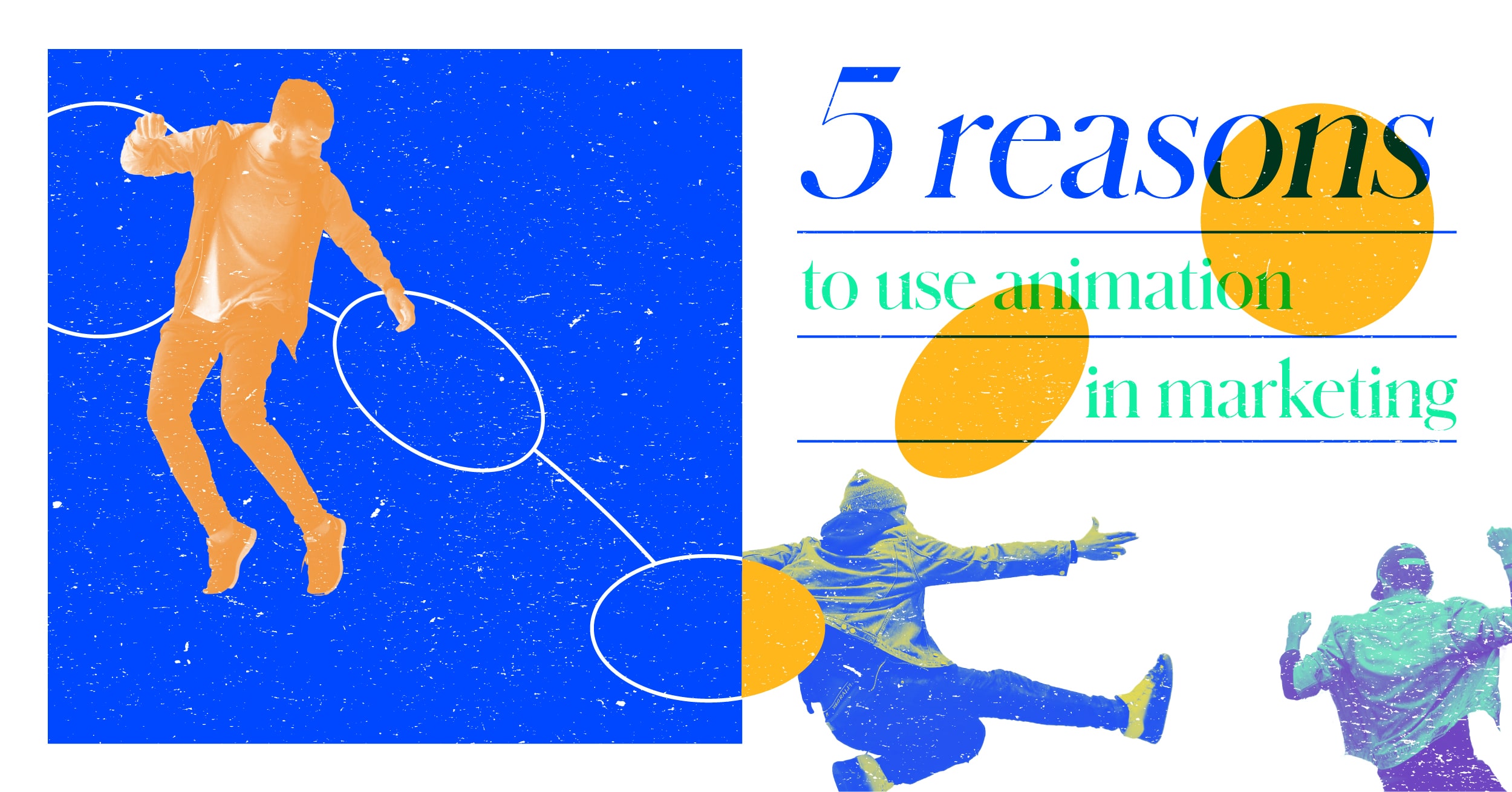Every business has those “could have been” moments when a potential customer visits the website but was not able to make a purchase. However, it’s not the end of the world, since there is still something you can do about it. These people should be on par with prospective and existing customers in terms of importance. That’s where remarketing comes in, to attract window shoppers back to your site.
It is essential to take note that the customer journey does not all end in one session. There’s no fixed process or even shortcut to achieve a conversion. In line with this, there are numerous reasons why a visitor has not yet converted into a customer:
- They visited the site for the first time and still wanted to check your brand’s credibility.
- They got distracted from making a purchase.
- They could not find the product or service they were looking for.
- They preferred to purchase at another time.
- They needed time to research what they were looking for, possible options, and what reviews say.
Whichever one of these samples sounds relatable, remarketing (the marketing technique discussed in this article) can effectively influence potential customers to go back to your website, based on their previous Internet actions. Furthermore, a remarketing ad can consist of static, animated images, video, and text elements, making it attractive enough to hook them and remind the customers of your brand.
What Is Remarketing?
This marketing technique may be familiar to you. Its concept is to serve targeted ads to consumers who have already visited your website. Through this, you’re encouraging them to respond, like turning them to convert, upsell, or retain. In other words, this is more personalized advertising intended for those already interested in your product.
Types of Remarketing
- Standard Remarketing
Also known as static remarketing, this strategy shows an ad in the form of a banner or text to customers that looked through your website. Furthermore, this most used type of remarketing is displayed to a visitor once they leave your website.
- Dynamic Remarketing
Dynamic remarketing takes on a more personalized term compared to standard remarketing. Moreover, this strategy differs by showing ads that contain the specific product or service users viewed on the website.
How Does Remarketing Work?
From here, let’s assume you’ve already set up a remarketing campaign. What happens is that Google uses cookies to track your user’s behavior, including what website or actions they did. Consequently, the saved cookies are now relayed back to Google, which then serves remarketing ads to potential customers.
Here’s a more specific example:
You’re looking for a creative agency to work on your latest project. Subsequently, you’ve come across RipeConcepts and skimmed over our website regarding design services but did not ask for a quote. Afterward, you’re browsing LinkedIn and an advertisement on how RipeConcepts’ world-class creative solutions can help your brand. You click on the advertisement, and this brings you back to the website. Finally, after being enticed back, you get a quote.
That’s how remarketing works in a nutshell. The targeted ads have a specific goal to convince and remind buyers of your offers. Moreover, retargeting in eCommerce also lessens shopping cart abandonment, or when a consumer adds potential purchases to the shopping cart, but then leaves without buying.
Top 5 Remarketing Strategies to Increase Revenue
- Remarketing Lists for Search Ads (RLSA)
RLSA is a Google feature that shows targeted search ads to users who have previously visited their website or interacted with their brand. Additionally, the keywords that marketers bid on trigger the search ads when customers search on Google.

RLSA can be differentiated from other search results with a sponsored tag.
- Display Ads
These are a combination of text, images, and a URL that encourages customers to click on a landing page and take action. Furthermore, these banner-type ads are shown to people as they browse through different websites, social media, and applications.

Display advertisements help increase brand awareness, expose their goods and services to the relevant clientele, and increase website traffic.
- Email Remarketing
This strategy involves personalized email campaigns whether reminding customers of the items they left in the cart or providing CTA to make a purchase.

Businesses may improve conversion rates, foster customer connections, cut acquisition costs, get insightful data, and raise brand awareness with the aid of email remarketing.
- Video Remarketing
This strategy provides a unique take on how to attract customers back to your site. Something worth mentioning is that at least 87% of marketers said that videos give them a positive return on investment. Moreover, what’s great about this strategy is you'd be able to branch out beyond the 70-character limit of conventional text ads.

Video remarketing allows you to get at the heart of your brand and show your customers what your business is about.
- Social Media Remarketing
This strategy shows an ad to a potential customer through social media. With around 4 billion people active on social media, an advantage of social media remarketing is being able to micro-target your prospects by serving ads on their real accounts.

Digital marketers can advertise across any social media platform to a group of customers.
How Remarketing Helps Increase Your Revenue
Remarketing provides endless opportunities as well as advantages to any brand. Here are some benefits that this marketing strategy can bring to the table:
- Connects with your audience.
Remarketing helps you both connect and maintain with your website visitors. Also, connecting with your audience is vital as this provides you with another chance for them to revisit your website, and eventually encourages them to make a purchase.
- Increase brand awareness.
Remarketing is a great solution to make your brand more visible online. In addition, it also serves as a reminder for people to keep your company in mind.
- Lowers ad expenses.
It serves as a cost-efficient way to reach prospective customers. Additionally, remarketing costs way less compared to traditional SEO campaigns (Google campaigns typically cost around $0.66 to 1.23 per click). Also, it is fully intended for quality visitors who have previously shown interest in your brand.
- Make personalized advertisements.
Another great thing about remarketing is that you can make your ads more personalized and specific as possible. In the case of RipeConcepts, we can run an ad that showcases our 3D services for a targeted audience who may need 3D creative solutions.
To conclude, remarketing is a smart and efficient strategy to capture new customers. In addition, they are customized through a wide range of styles and ad layouts, making them even more effective in targeting prospective consumers, or those who have already expressed interest in a brand.
With remarketing, businesses like yours can increase the chances of turning these users into customers by utilizing tailored adverts to connect with them as they surf the web or conduct searches.

Digital Marketing , Marketing Trends




